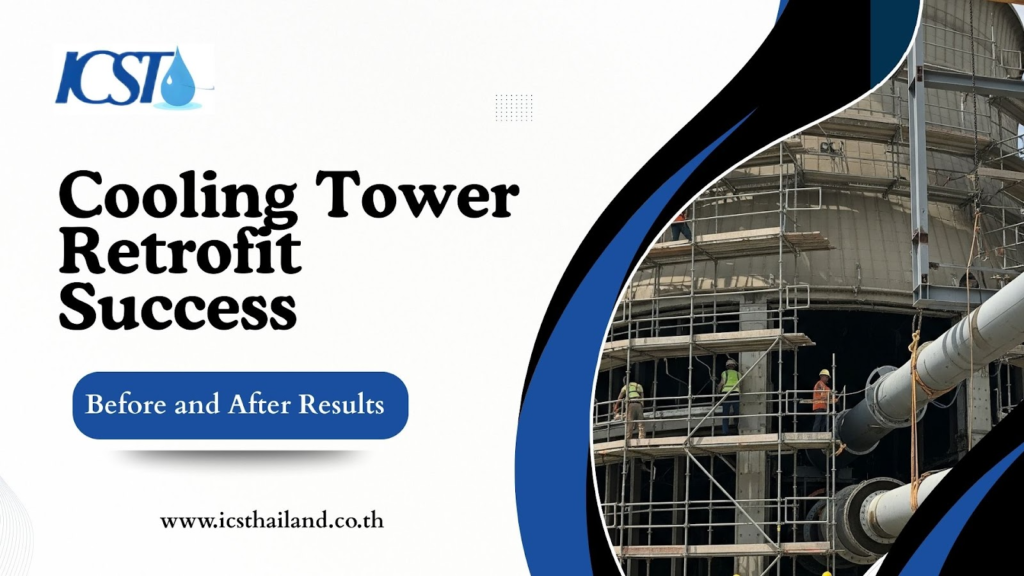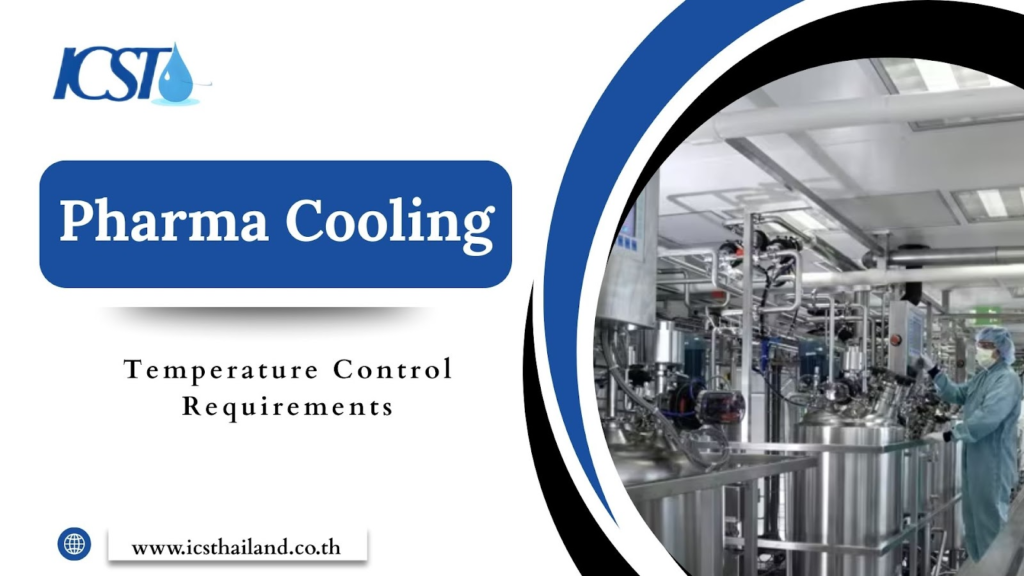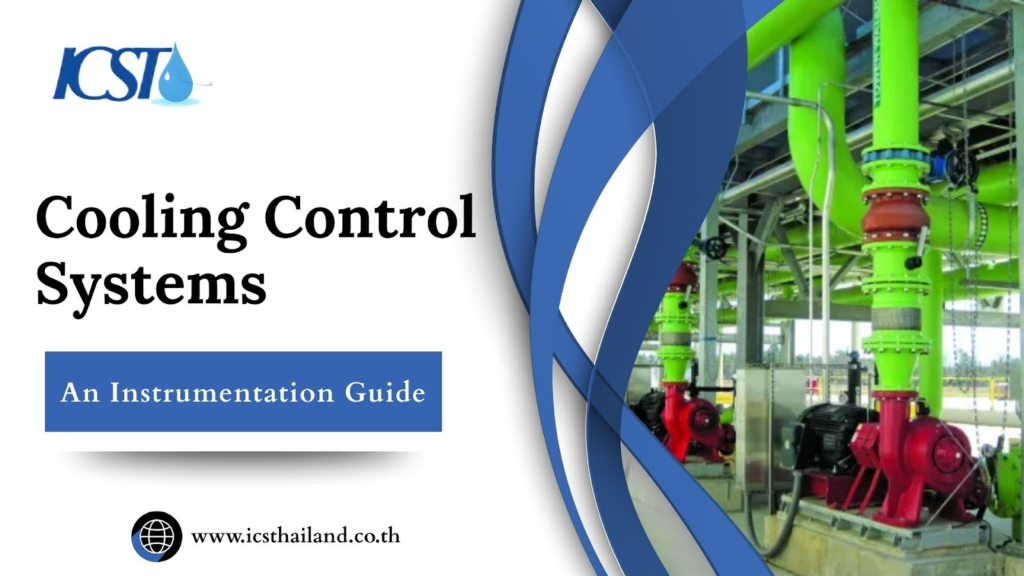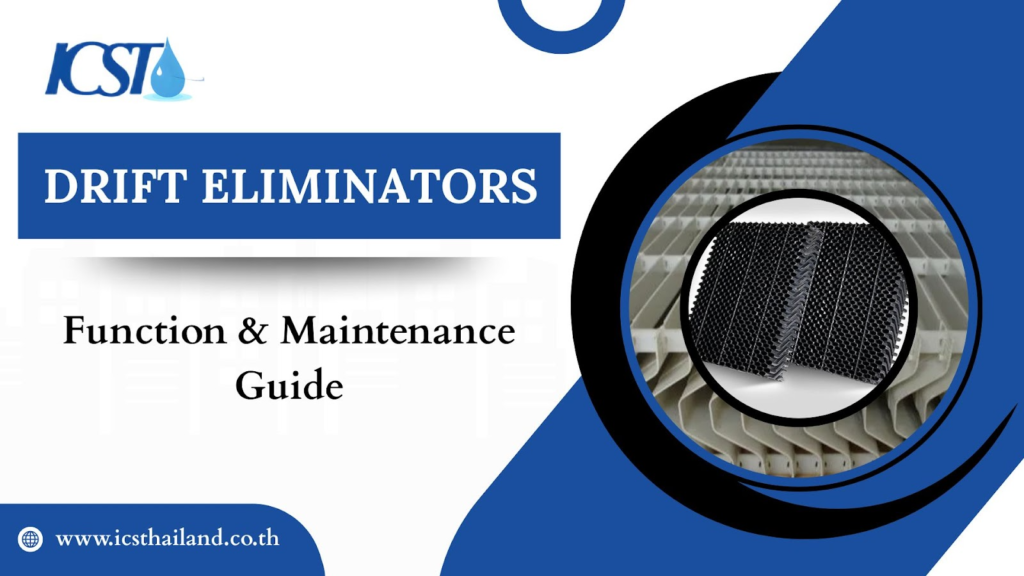A cooling tower serves as your facility’s most essential thermal management asset, yet it’s often the most overlooked piece of equipment until problems arise. When performance begins to decline, the hidden costs can quickly spiral out of control, impacting everything from energy bills to production efficiency.
Facility managers often encounter a key choice as their cooling tower begins to age. Should they invest in a complete replacement or explore a strategic retrofit? The answer might surprise you. A well-executed retrofit can deliver the performance of a new system at a fraction of the cost, with a return on investment that often pays for itself within two years.
This case study delves into an actual cooling tower retrofit, highlighting the significant enhancements that can be achieved by upgrading outdated equipment with the right solutions.
The results highlight why cooling tower retrofit projects have become the go-to solution for facilities aiming for immediate performance gains without the high costs of full replacement.
Table of Contents
ToggleThe Hidden Cost of an Aging Cooling Tower
Cooling tower performance gradually declines over time, often making it hard to notice the growing inefficiencies. What starts as a minor increase in energy consumption or occasional maintenance issues can evolve into a significant drain on operational budgets.
Cooling tower decline has a cumulative impact, with each inefficient component worsening the overall performance:
- Worn fan motors consume more electricity.
- Degraded fill media reduces heat transfer efficiency.
- Old drift eliminators cause excessive water loss.
Together, these inefficiencies lead to significant waste, costing facilities thousands of dollars annually.
Strategic retrofits provide a systematic solution to these issues:
- They address interconnected problems rather than fixing individual components in isolation.
- Focus on the root causes of inefficiency to improve overall performance.
- Increase the lifespan of the current cooling tower while bringing its efficiency back to near-original performance
The Challenge: A Manufacturing Facility’s Cooling Crisis
A large automotive parts manufacturer contacted ICS Thailand after facing rising operational costs at their primary production facility. Their aging cooling tower, installed fifteen years ago, required a cooling tower retrofit to address growing concerns from the facility management team.
The plant’s cooling tower served critical manufacturing processes that required precise temperature control.
Any deviation from optimal cooling performance directly impacts product quality and production efficiency. Unfortunately, the aging system was failing to meet these demands consistently.
What specific issues were driving up costs and compromising operations?
- Inefficient Energy Use: The cooling tower’s original fan and motor system ran at a constant speed, regardless of the actual cooling requirements. This meant the system consumed 150 HP continuously, even during periods when lighter loads required significantly less cooling capacity.
- Excessive Water Consumption: Outdated drift eliminators allowed water loss at a rate of 1.5% of total flow. Combined with inefficient water management practices, this resulted in substantial water waste and unexpectedly high utility bills.
- Poor Thermal Performance: The tower’s approach temperature consistently exceeded 10°F, well above optimal levels. This forced connected chillers and heat exchangers to work harder, reducing their efficiency and increasing energy consumption across the entire cooling system.
- Rising Maintenance and Noise: Aging components generated excessive vibration (>0.5 in/s) and noise levels that disrupted the work environment.
Energy costs were rising faster than production output. Water bills had increased by 30% over two years. Equipment downtime for cooling tower repairs was affecting production schedules.
The ICS Thailand Solution: A Data-Driven Retrofit Strategy
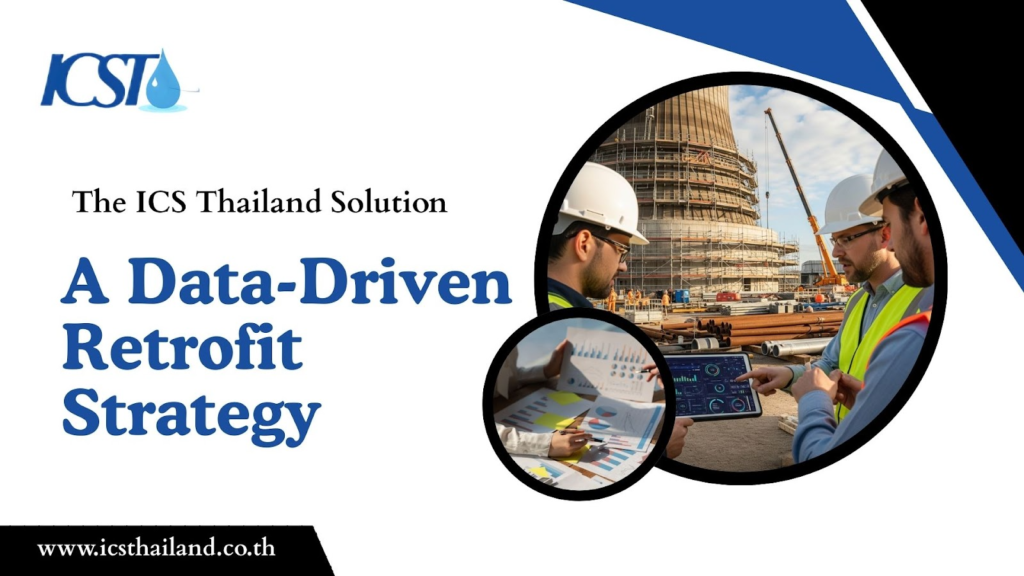
ICST approached this challenge with a systematic methodology designed to identify the most cost-effective improvements. The process began with a comprehensive performance audit that established baseline measurements for all critical parameters.
Step 1: Getting Started: The Assessment
- The engineering team performed detailed thermal and mechanical evaluations of the cooling tower.
- Identified inefficiencies and quantified their impact on system performance.
- Measured and analyzed key metrics, including:
- Flow rates
- Temperature differentials
- Energy consumption patterns
- Water usage
Step 2: The Customized Retrofit Plan
Based on the assessment findings, ICS Thailand designed a custom retrofit solution targeting the specific inefficiencies identified. The plan prioritized improvements that would deliver the greatest return on investment while ensuring long-term reliability.
Advanced Components:
The retrofit replaced the outdated fill media with cutting-edge, high-efficiency options designed to significantly improve heat transfer. Additionally, state-of-the-art drift eliminators were introduced, reducing water loss by up to 90%.
To ensure optimal performance, a custom-engineered fan stack was installed, enhancing airflow distribution across the entire cooling tower for improved efficiency.
Energy Optimization:
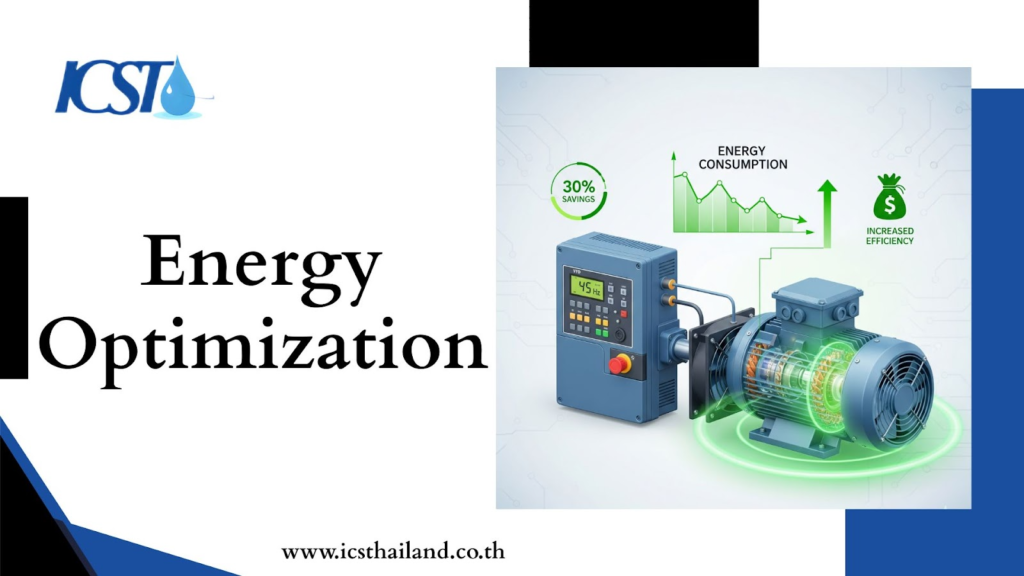
A Variable Frequency Drive (VFD) was integrated to intelligently control fan speed based on real-time cooling requirements, leading to substantial energy savings. This was complemented by a new high-performance motor with adaptive output capabilities, reducing unnecessary energy consumption compared to traditional fixed-speed systems.
Water Conservation:
The project implemented a next-generation water treatment system designed to optimize water quality while drastically cutting down blowdown rates. These improvements led to a 20% decrease in water usage and significant cost savings in treatment processes.
The Quantifiable Results: Before and After a Strategic Retrofit
The transformation achieved through this strategic retrofit exceeded expectations across every measured parameter. The facility experienced immediate improvements in efficiency, cost savings, and operational reliability.
The following table presents the key performance metrics before and after the retrofit implementation:
| Metric | Before Retrofit | After Retrofit |
| Energy Consumption | 150 HP (Fixed Speed) | Average 75 HP (Variable Speed, 50% Reduction) |
| Water Consumption | High Drift Rate (1.5% of water flow) | Low Drift Rate (<0.001%, Significant Savings) |
| Thermal Performance | High Approach Temp (>10°F) | Optimized Approach Temp (5-7°F) |
| Maintenance Costs | High & Unpredictable | Reduced by >40% |
| Vibration & Noise | High (>0.5 in/s) | Minimal (<0.1 in/s) |
| Return on Investment (ROI) | None | <2 Years |
- The energy savings alone justified the retrofit investment. By reducing power consumption from 150 HP to an average of 75 HP, the facility saved approximately $30,000 annually in electricity costs.
- The variable speed operation meant the cooling tower only used the energy necessary to meet actual demand, eliminating the waste inherent in fixed-speed systems.
- Water conservation delivered additional substantial savings. The reduction in drift rate from 1.5% to less than 0.001% eliminated thousands of gallons of waste monthly.
- Combined with the optimized water treatment system, total water costs decreased by approximately 40%.
- The improved thermal performance had cascading benefits throughout the facility’s cooling systems.
Why Retrofit Success Requires Expert Execution
The impressive outcomes of this project were not achieved by chance. They resulted from careful planning, precise engineering, and expert execution. Several factors contributed to the retrofit’s success and highlight why professional expertise is essential for optimal outcomes.
- Component Selection:
- The new fill media was custom-engineered to handle the facility’s thermal loads and operating conditions, not just an upgraded version of the original.
- Drift eliminators were chosen based on detailed airflow analysis, ensuring maximum efficiency without causing pressure drops that could affect performance.
- VFD Integration:
- Sophisticated programming was implemented to optimize performance across varying load conditions.
- The system accounted for seasonal variations, production schedules, and ambient conditions, going beyond simple speed control to deliver precise temperature control and improved efficiency.
- Water Treatment Optimization:
- Calibration was tailored to local water chemistry, seasonal changes, and specific contamination sources at the facility.
- This approach ensured long-term reliability, minimized maintenance, and maximized system performance.
Conclusion
This cooling tower retrofit demonstrates the transformative potential of strategic upgrades over complete replacement. An inefficient system that had become an operational liability was converted into a high-performance asset that exceeded the specifications of many new installations.
The cooling tower retrofit delivered measurable improvements across every critical parameter, generating a return on investment in less than two years. Energy consumption dropped by 50%. Water waste was virtually eliminated. Maintenance costs became predictable and manageable. Noise levels decreased to acceptable levels, creating a better work environment for facility staff.
Is your cooling tower showing signs of declining performance? Rising energy costs, increasing water bills, or frequent maintenance issues may indicate that a strategic retrofit could deliver significant savings for your operation.
Contact ICS Thailand today for a comprehensive performance assessment and discover how a targeted retrofit can transform your facility’s cooling efficiency.
Frequently Asked Questions
What was the return on investment (ROI) for the retrofit?
The cooling tower retrofit achieved complete ROI in under two years, thanks to substantial reductions in energy, water, and maintenance expenses, making the investment highly cost-effective in a short period.
What was the impact on water consumption?
The retrofit led to a 40% decrease in total water costs. This was achieved by a dramatic reduction in water loss (drift rate dropped from 1.5% to <0.001%) and an optimized water treatment system.
Were maintenance costs and noise levels reduced?
Yes, maintenance costs were reduced by over 40%, and system-generated noise and vibration were minimized to a negligible level (<0.1 in/s).
What specific components were replaced in the retrofit?
The retrofit included replacing outdated components with a custom-engineered fan stack, a new VFD, high-efficiency fill media, and state-of-the-art drift eliminators.
